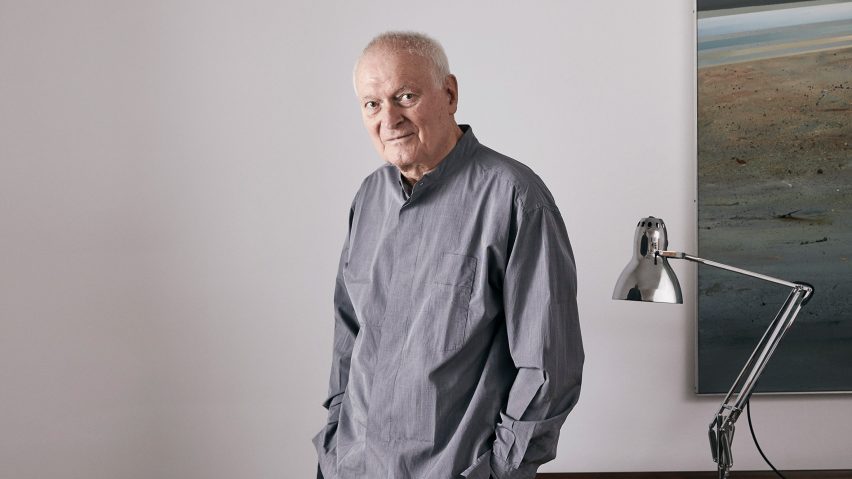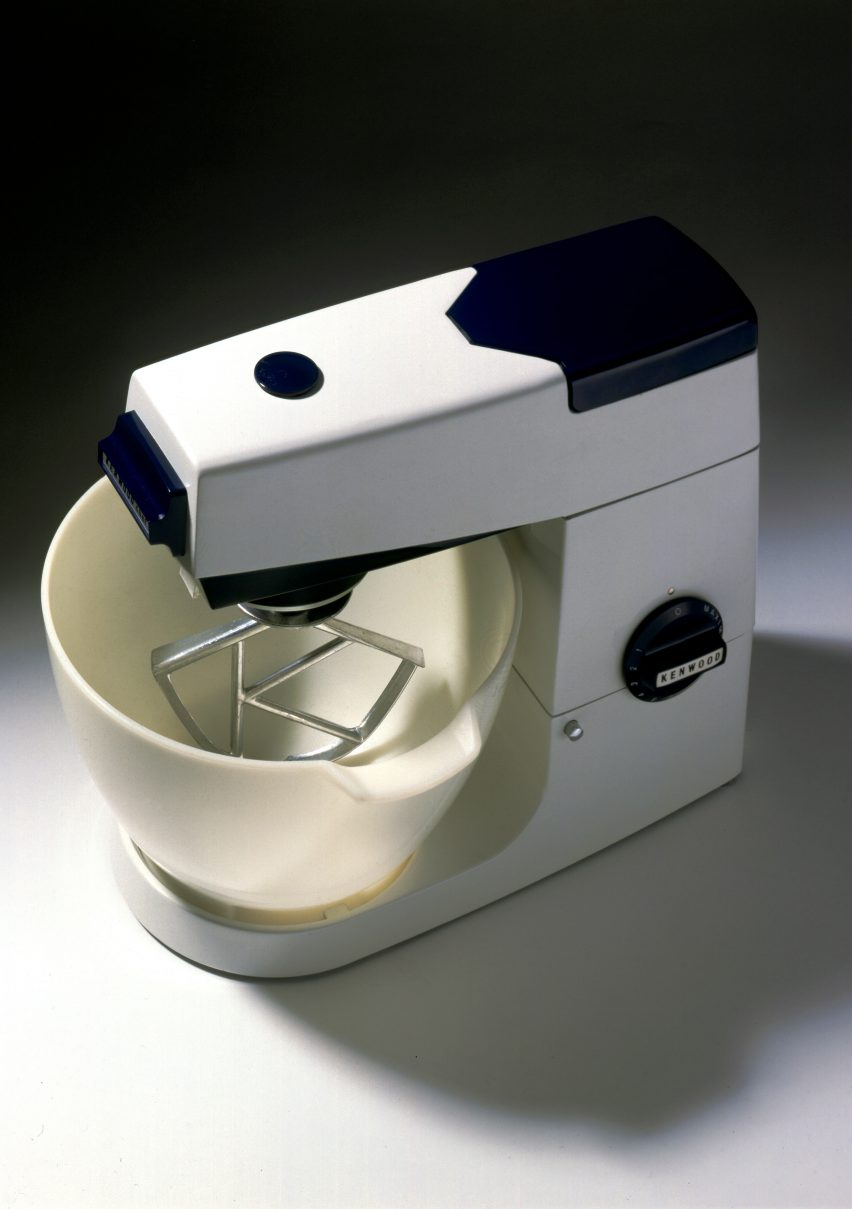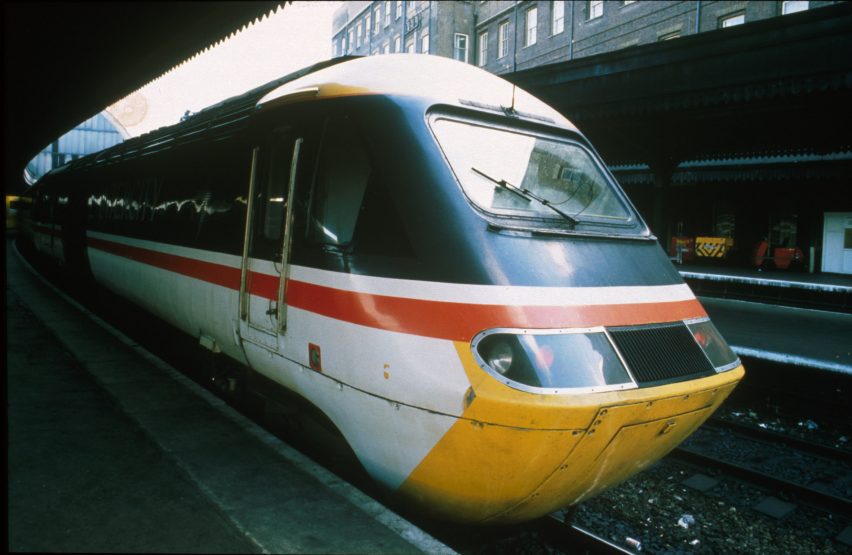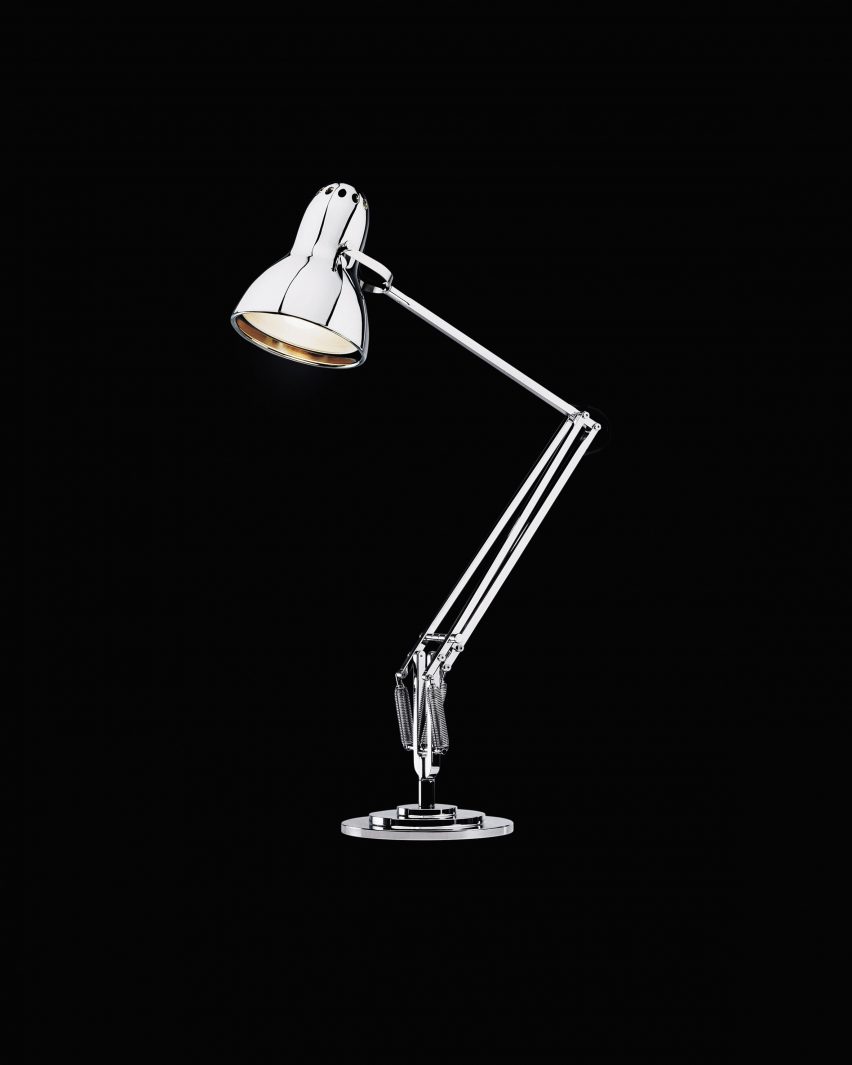
"Unparalleled" British industrial designer Kenneth Grange dies aged 95
Pentagram co-founder Kenneth Grange, whose playful and prolific product designs helped to define the face of modern Britain, has died aged 95.
Grange, who designed thousands of products that have entered the country's industrial design canon over his 70-year career, passed away less than a week after his 95th birthday.
Among his seminal designs are Royal Mail postboxes, London black cabs and many UK "firsts", including the first parking metres in 1958, Kenwood's debut food mixer in 1960 and British Rail's Inter-City 125 train in 1977, which still holds the record for the fastest diesel locomotive.

Grange is known for co-founding Pentagram, which went on to become the world's largest independent design consultancy, bringing expertise in industrial design to the table while his co-founders worked largely on graphics.
He was known for forming fruitful, decades-long partnerships with some of the world's biggest consumer brands including Kenwood and Kodak, for which he designed the Brownie 44A, the first camera to use a plastic lens.
For more than a decade up until his death, he was the design director of British lighting brand Anglepoise, where he "re-defined the archetypal task light" with designs including his Type 3 desk lamp from 2003.
Grange's extensive archive, which earned him a knighthood for his services to design in 2012, will go on display to the public when the V&A Easte Storehouse opens its doors in 2025.
A "playful take on modernism"
"Kenneth's career was unparalleled in its breadth and longevity," Anglepoise said in a statement. "His work over the past 70 years helped shape the domestic life and public realm of modern Britain; the way we cook, create, consume, groom and travel – in his own words, 'the sculpture of the everyday object'."
"While other industrial designers may have attracted a cult following and fawning fandom for products defined by a particular aesthetic, Kenneth had no rigid ideology or manifesto," the statement continued.
"He was guided instead by a curiosity, generosity and wit that endeared him to all. His was a playful take on modernism, which captured something of the eccentricity and innate visual language of these islands."

Several Pentagram partners have shared tributes to the late designer, with Harry Pearce mourning "a great friend, mentor and advocate for me joining Pentagram", while Jon Marshall credited Grange with inspiring his career as an industrial designer.
"I believe Kenneth's approach to design resulted from being deeply thoughtful about the purpose and functionality of the product, combined with a desire to remove any unnecessary material or processes during manufacturing," Marshall told Dezeen.
Other tributes have started pouring in from across the design industry, with Financial Times design critic Edwin Heathcote paying homage to "a great designer and a truly lovely man".

"Kenneth's industrial design left an indelible mark on the fabric of late twentieth-century Britain," Charlie Paton, master of the faculty of Royal Designers for Industry told Dezeen.
"With a twinkle in his eye, he was both plain speaking and mischievous, and encouraged countless designers through their own professional journeys. His creative instincts never wained."
He saw design as "a responsibility to the people"
Grange was born in East London in 1929 to a policeman and a machinist, who worked in a factory during the second world war.
Following his talent for drawing, he studied commercial art at the Willesden College of Technology and began his career as a technical illustrator while in National Service.
Before setting up his own practice in 1958 he worked at three different architecture studios, introducing him to the principles of modernist design to which he would pledge allegiance for the rest of his career.
"All my taste, all my ideology, came from them," he told The Times. "It was the place where I grew up. My basic canvas was a lot to do with architecture and I followed the modernist movement like day follows night."

His studio became known for creating well-crafted, user-centred products for the masses, whether designing pens for Parker or razors for Wilkinson Sword.
"His way was not of seeing design as merely a service to business, but as something far deeper – as a responsibility to the people who would use and experience his work," Sam Hecht of London studio Industrial Facility told Dezeen.
"He made us all enjoy doing things, these daily things, that ultimately contribute to our culture."

Perhaps his most celebrated achievement to date remains Britain's InterCity 125 High Speed Train, some models of which are still in active service more than 40 years after they were first introduced.
Originally, Grange was hired only to create a new look for the locomotive but the designer believed he could create a faster, more aerodynamic version of the design.
"We worked in a wind tunnel in Imperial College, I gave the technician a fiver to work overnight and we came up with this design," he told the Financial Times. "The livery was presented, alongside our design. And we got the whole job."
All photography is courtesy of Pentagram apart from the portrait photographed by Jake Curtis.